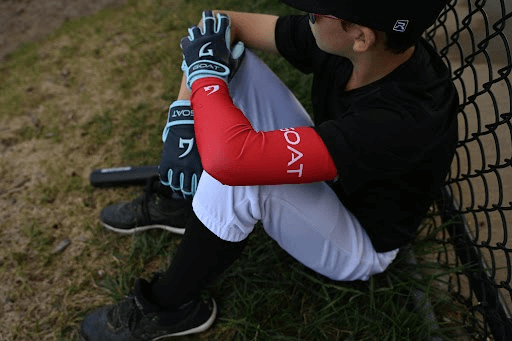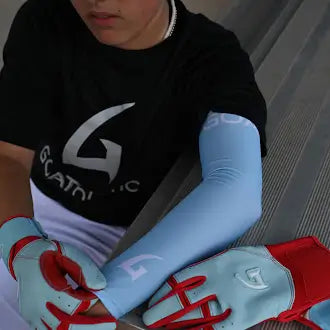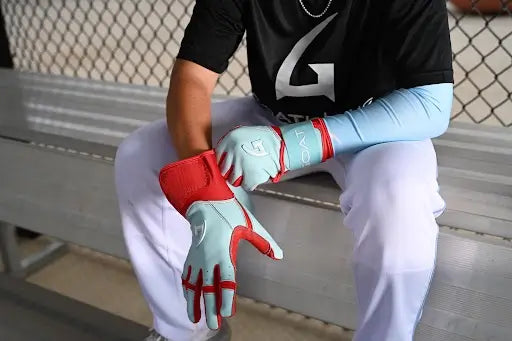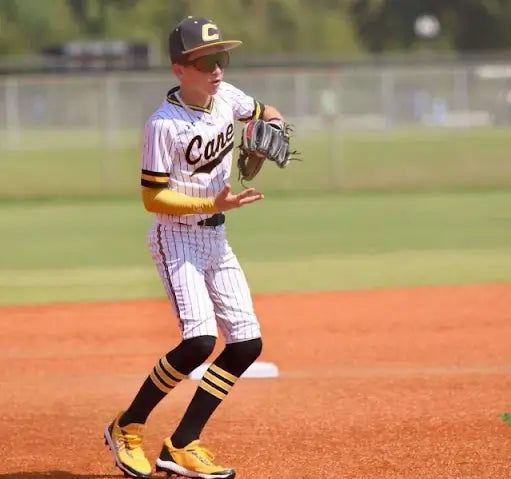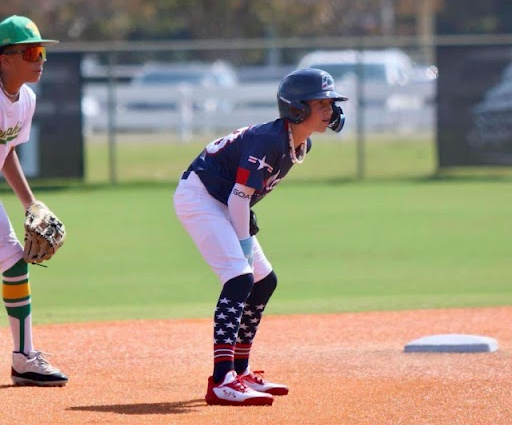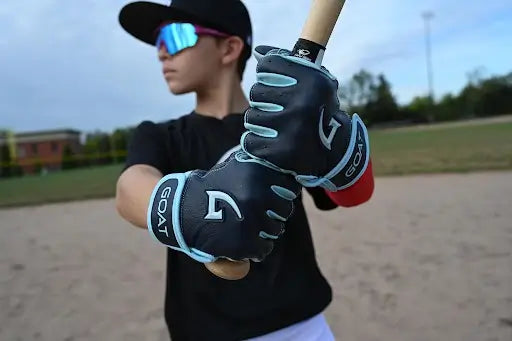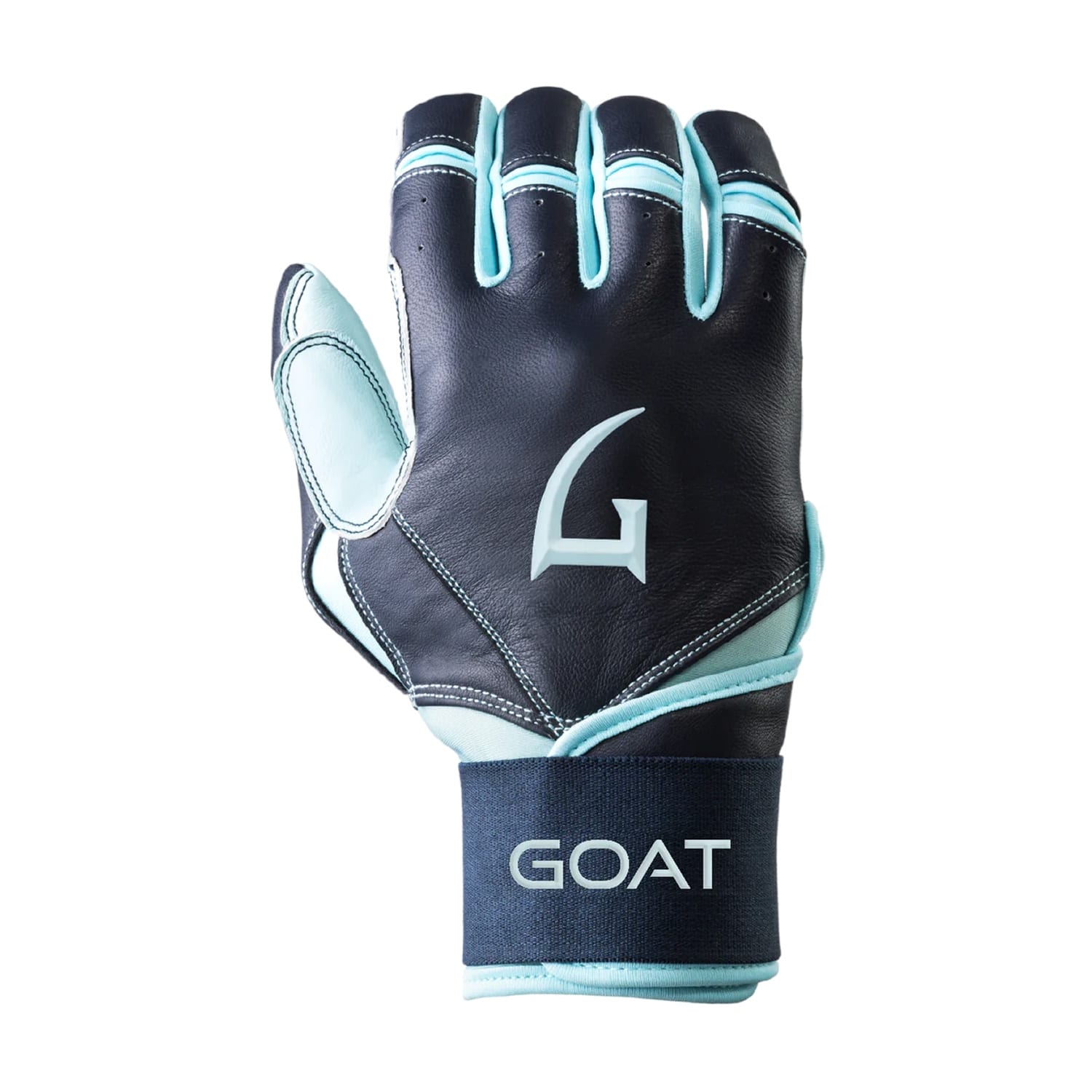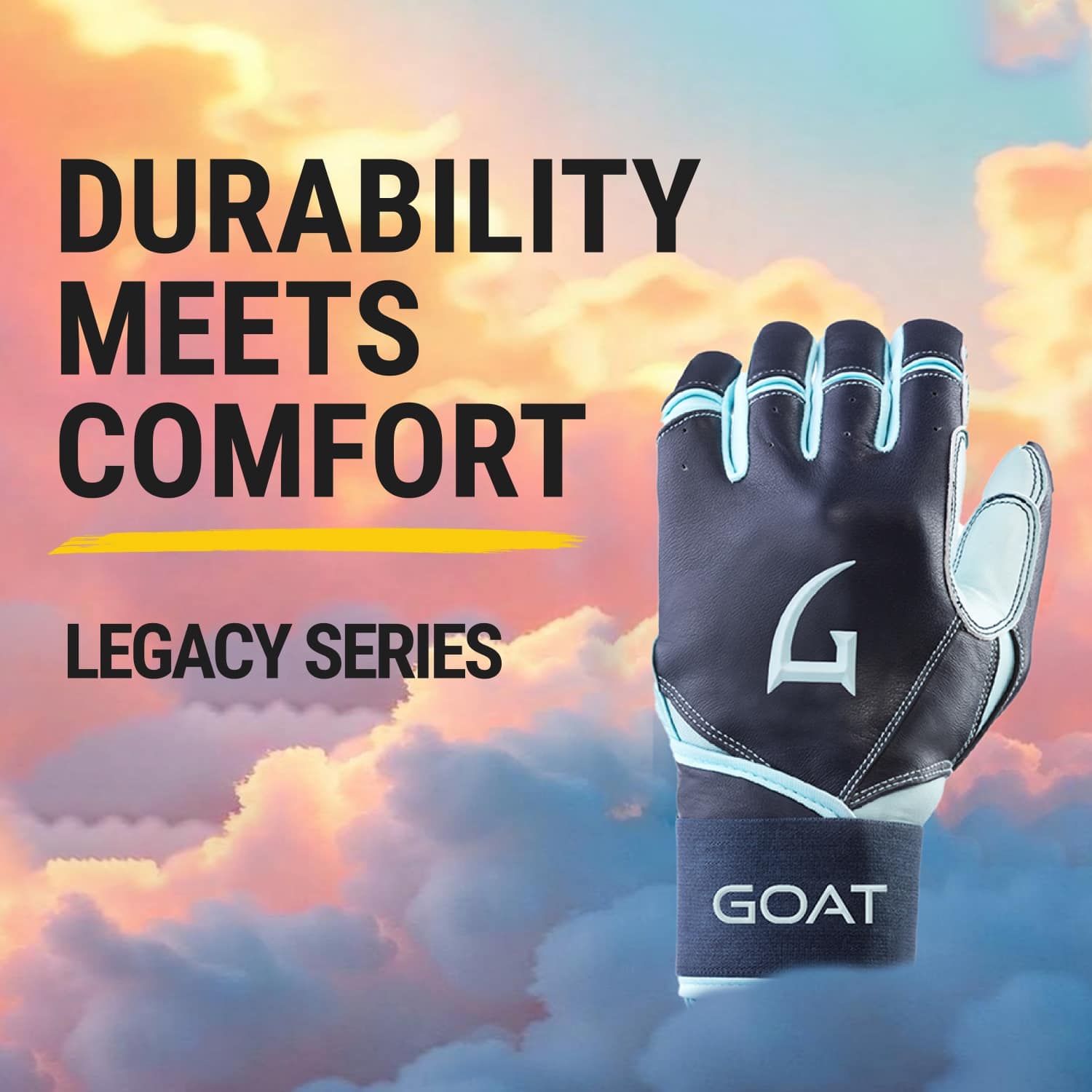Choosing the right batting gloves matters more than many players realize. The right pair boosts your grip, makes your swing feel smoother, and reduces pain or blisters on your hands. On the other hand, the wrong pair can slip, distract you, or cause hand pain. That’s why I created this guide—to help you avoid common mistakes and pick gloves that help you shine at the plate.
In this guide, I’ll share simple, practical advice and real-world examples. I’ll help you choose gloves that fit your hand, match your game, and last through every season.
Buying Gloves That Don’t Fit
Picture this: you order gloves a size too small and your fingers feel pinched. Or you go a size too large and the glove bunches up when you swing. Neither scenario feels good, and both can cost you runs.
I’ve seen these mistakes in action. One player insisted on the size “Medium” because it looked like it fit online. On game day, the gloves chafed his knuckles, and he swung awkwardly to avoid the pain. Another mom bought a size “Large” for her son, hoping it would fit him “next season.” But in that season, the glove wrapped around the bat’s handle and messed with his swing.
Fit matters now, not later. Here’s what you do:
-
Measure from the base of your palm to the tip of your middle finger.
-
Compare the measurement to the manufacturer’s size chart.
-
Buy the size that matches—which means buying gloves that fit well right now.
If you need help, visit our Batting Glove Sizing Guide. It takes you step by step with clear pictures.
Picking Gloves Just Because They Look Cool
It’s easy to get excited about shiny gloves in bold colors. But look isn’t what makes a glove last through a fall ball. I once saw a pair that looked amazing in the store. After just two games, the palm began to peel. The player said it felt great at first, but by the third inning he felt like he was swinging half-naked.
What matters more is how gloves perform in real conditions. Check for:
-
Grip texture: Look for gloves that hold the bat securely, even if your hands feel sweaty.
-
Wrist fastening: A good Velcro strap or snug wrist closure keeps the glove from slipping.
GOAThletic’s gloves deliver both. They balance performance and style—so you can feel good and play well.
Ignoring the Cuff Type
Short cuff, long cuff... which one should you pick? It really depends on how you like your wrist to move.
-
Long cuff gloves give your wrist more support. Many players choose them after an injury or to build leverage and stability. I’ve coached a player recovering from a sprained wrist. When he switched to long cuff gloves, he felt more confident and regained power in his swing.
-
Short cuff gloves let your wrist move more freely. Players who prefer a fluid, sweeping swing often like them better. During a summer tournament, I saw one hitter switch from long cuff to short cuff and gain noticeable swing speed.
Here’s the bottom line: test both types and pick the one that feels right for your swing. And if you want a side‑by‑side look, check out our Long Cuff vs. Short Cuff Gloves comparison.
Forgetting to Check the Material
Glove material affects how they feel, how long they last, and what they cost. That’s why material matters as much as fit.
-
Leather gloves, especially those made with high‑quality leathers like GOAT or Cabretta, feel soft from the start and mold to your hand over time. They also hold up well under heavy use.
-
Synthetic gloves feel lighter and often cost less, but they don’t form the same natural grip, and they tend to wear out faster.
Let me tell you about one player who tried to save money with synthetics. He bought two pairs over a season, and both ripped at the palm. Eventually, he switched to a leather pair. It lasted twice as long as his synthetic gloves—and it felt noticeably better in his hands.
Choosing between leather and synthetic depends on your needs. If you play often or compete regularly, go with leather. If you play casually or stay on a budget, synthetic might work—but remember they wear out faster.
For more insight, see our GOAT Leather vs. Synthetic Gloves article.
Ignoring the Weather
Playing conditions matter a lot. I once saw a team playing in May, sweating through humid games. Their gloves got soaked and slimy. The next week, playing in April's chill, players complained their hands felt numb.
Here’s what helps:
-
In hot, humid weather: choose gloves with moisture-wicking fabric or mesh vents. These help your hands stay dry and comfortable.
-
In cold weather: look for thicker padding or gloves with warmer materials that protect your hands and keep your grip steady.
Your glove should work for your climate. A glove that suits spring in Illinois might not work in summer in Florida. Choose gloves built for your weather.
Choosing the Cheapest Gloves
We understand—saving money matters. But cheap gloves often break fast. I’ve seen gloves peel, stitches unravel, and padding flatten within a few uses.
Think of it this way: buy once, or buy twice? I watched a player who bought budget gloves twice in one season. Each pair wore out by July. Finally, he bought a higher‑end pair that lasted two full seasons. His total cost ended up lower—and he got a much better feel during every game.
That’s what we mean by value versus price. GOAThletic gloves cost more up front, but they last well and perform reliably. And real reviews from players show they hold up season after season.
Skipping the Return or Warranty Info
Here’s something you might not think about: what happens if the gloves don’t feel right when you try them on? If there’s no return or exchange policy, you could be stuck.
One customer ordered a size he thought was right. When his gloves arrived, the palm felt odd, and the wrist strap rubbed his skin. He couldn’t return them because the store had a strict “no returns” policy. He lost both the gloves and his money.
That’s why you should always buy from brands that offer easy returns or warranties. GOAThletic offers a 30-day return or exchange if something doesn’t feel right. That gives you flexibility and peace of mind.
Final Thoughts: Choose Gloves That Help You Play Better
At the end of the day, your batting gloves should feel good, enhance your game, and last through tough play. I hope this guide helps you avoid the most common mistakes I’ve seen players make.
To recap: get the right fit, choose gloves built for your conditions, and invest in quality that lasts. And don’t forget to check the return policy—just in case.
Ready to upgrade? Browse our lineup: GOAThletic Batting Gloves – Made for Every Player, Every Game.
